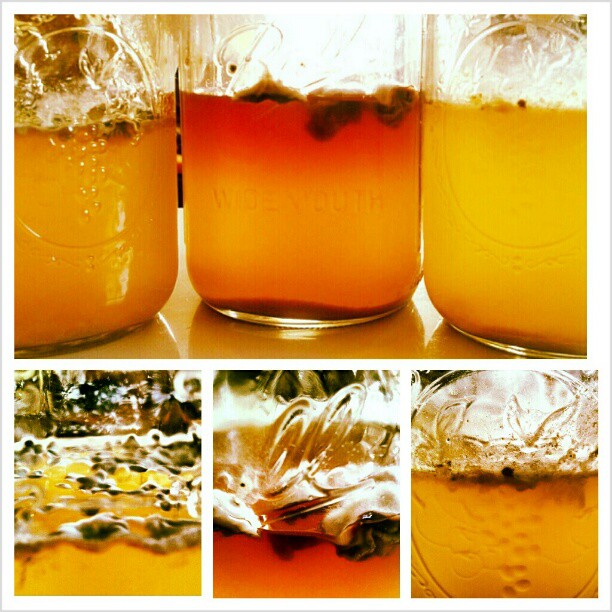I've been trying to capture some wild yeast from the garden, but after 8 jars I've had zero success. Does anyone with successful experience of this have any ideas as to my lack of success?
The garden is full of fruit trees currently in blossom.
I made a 1040 worth with light DME, with a drop of low alpha hops and pH corrected with lactic acid to 4.5.
Left out over night, about 15 hours, with the minimum temperature around 5°C with a single layer of cheesecloth over the top.
Everything sanitised.
A few developed fuzzy mould on the surface, but the rest have done nothing at all, despite being kept at approximately 20°C for a week.
There's nothing obvious I can see that I've done wrong, but the lack of anything suggests I'm not doing anything right either.
The garden is full of fruit trees currently in blossom.
I made a 1040 worth with light DME, with a drop of low alpha hops and pH corrected with lactic acid to 4.5.
Left out over night, about 15 hours, with the minimum temperature around 5°C with a single layer of cheesecloth over the top.
Everything sanitised.
A few developed fuzzy mould on the surface, but the rest have done nothing at all, despite being kept at approximately 20°C for a week.
There's nothing obvious I can see that I've done wrong, but the lack of anything suggests I'm not doing anything right either.





